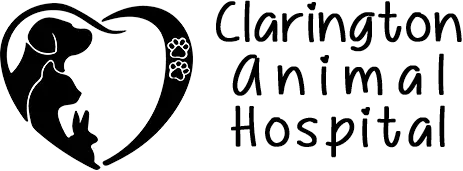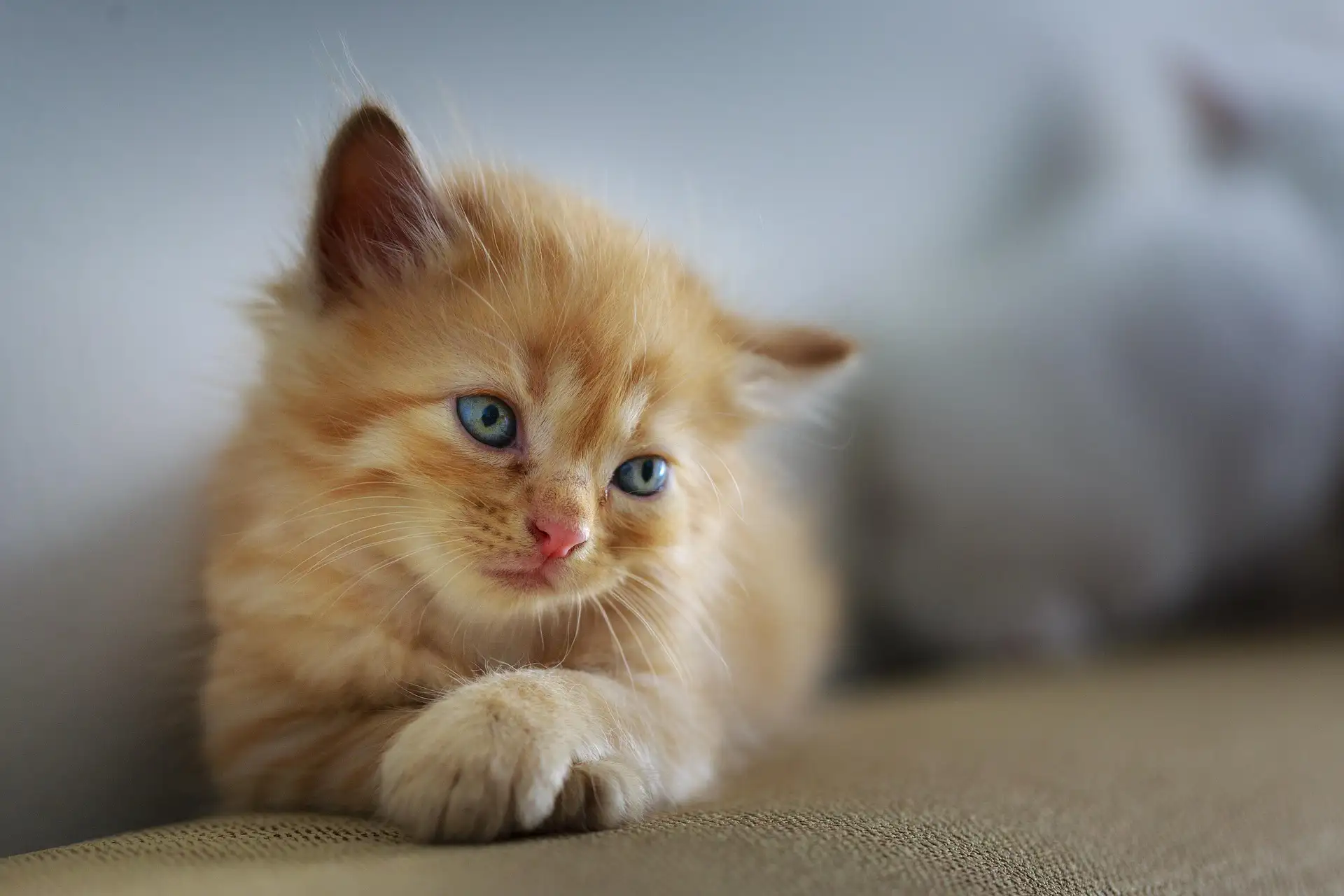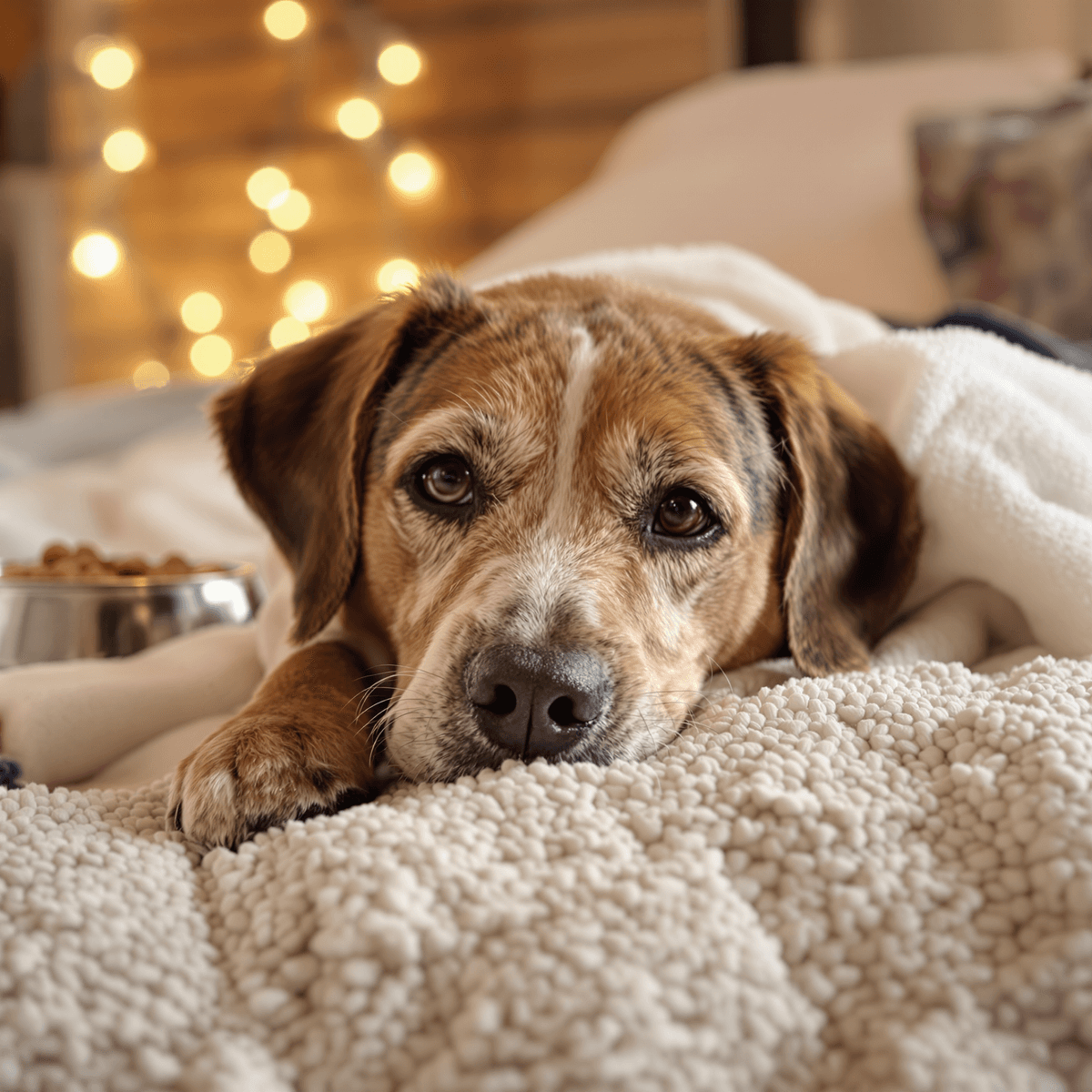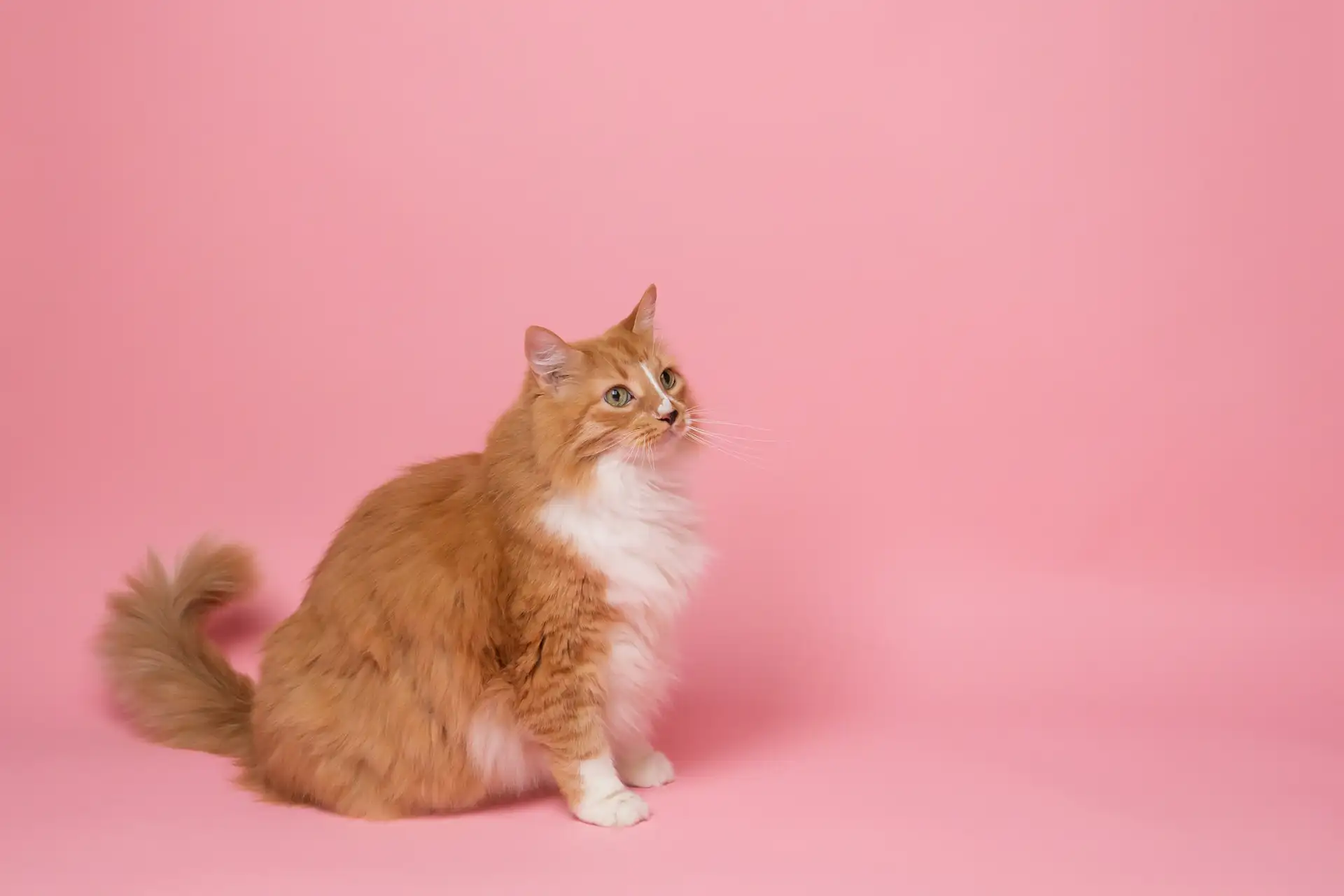Thinking about bringing home a bearded dragon? You’re in for a scaly good time. At Clarington Animal Hospital in Oshawa, ON, we help reptile enthusiasts of all levels—especially first-time owners—give their beardies the best life possible. Bearded dragon care goes beyond giving your lizard pal a heat lamp and a few crickets. From a proper tank setup to creating a balanced diet, this beginner guide to bearded dragons will walk you through everything you need to know.
As a veterinary clinic that proudly serves exotic pets, we’re here to make sure your new reptilian roommate thrives from the start.
Fun Beardie Fact: Bearded dragons “wave” their arms as a form of communication. It’s not a royal greeting—it’s how they show submission or recognize other beardies!
Why Bearded Dragons Make Great Pets
Bearded dragons, often nicknamed “beardies,” are one of the most popular pet lizards for good reason. They’re calm, easy to handle, and have engaging personalities that make them a joy to watch—and even cuddle. Yes, some beardies actually enjoy lap time!
Native to Australia’s arid regions, these reptiles are hardy and adaptable, making them a top choice for families, reptile lovers, and first-time exotic pet owners alike.
At our animal hospital in Oshawa, ON, we often recommend beardies as one of the best starter reptiles—so long as you’re ready to meet their unique needs.
Bearded Dragon Tank Setup: Creating the Perfect Habitat
One of the most important aspects of bearded dragon care is providing a proper living environment. These desert-dwellers require heat, light, and space to stay healthy and active.
Bearded Dragon Tank Setup Essentials:
- Tank Size: Start with at least a 40-gallon tank for juveniles; adults need 75–120 gallons.
- Lighting: Provide a full-spectrum UVB light for 10–12 hours a day. Replace the bulb every 6 months.
- Heating: Create a temperature gradient. The basking area should be 95–110°F, while the cool side stays around 75–85°F. It can be cooler at night.
- Substrate: Use reptile carpet, tile, or paper towels. Avoid loose substrates like sand for young beardies.
- Décor: Add climbing logs, basking rocks, and hides on both warm and cool sides of the enclosure.
Humidity should be kept between 30–40%. Too much moisture can cause respiratory infections. At Clarington Animal Hospital, our exotic pet vet team can help evaluate your current setup or advise on a new one during your first visit. Ask your vet for specific advice.
What Do Bearded Dragons Eat?
Bearded dragons are omnivores, which means they need a mix of animal protein and plant matter. Diet varies by age, with younger dragons needing more insects and adults requiring more greens.
What Do Bearded Dragons Eat Daily?
- Juveniles (under 12 months): 70% insects, 30% vegetables
- Adults: 70% vegetables, 30% insects
Insect Options:
- Crickets, dubia roaches, black soldier fly larvae, mealworms (for adults only—harder to digest)
Vegetables & Greens:
- Collard greens, dandelion greens, mustard greens, squash, bell peppers
- Avoid spinach, iceberg lettuce, and avocado
Fruits (occasionally):
- Blueberries, strawberries, mango, melon—just a few times per week
Supplements:
- Dust insects with calcium powder (without D3) daily for young dragons; 3x per week for adults
- Provide multivitamin powder 1–2x per week
Need help building the perfect diet? Our veterinary clinic in Oshawa, ON offers personalized nutrition plans during wellness exams.
Beginner Guide to Bearded Dragons: Daily Routines & Health
Keeping a beardie healthy involves more than food and lighting. Routine care and observation help catch health issues early and support a happy life.
Daily Care Tasks:
- Feed and offer fresh water
- Remove uneaten food and clean the tank
- Observe behavior, posture, and appetite
- Monitor for shedding and signs of stress (e.g., dark beard, glass surfing)
Monthly Tasks:
- Deep clean tank and décor
- Trim nails if they get long
- Weigh your beardie and record changes
Signs of a healthy bearded dragon:
- Bright, alert eyes
- Strong, steady posture
- Regular appetite and droppings
- Smooth, consistent shedding
If your beardie skips meals, becomes lethargic, or shows discoloration, call Clarington Animal Hospital right away. Our vets in Oshawa, ON are trained to identify and treat reptile health concerns quickly.
Common Health Issues in Bearded Dragons
Even with proper care, bearded dragons can experience health issues that require veterinary attention.
Top Beardie Concerns:
- Metabolic Bone Disease (MBD): Caused by lack of UVB and calcium
- Impaction: Often from eating substrate or oversized prey
- Respiratory Infections: Due to high humidity or cold temps
- Mouth Rot (Stomatitis): Inflammation in the mouth, often from poor hygiene or diet
- Parasites: Weight loss or unusual droppings may signal an issue
Our exotic pet vet team can run necessary tests, take radiographs, and recommend treatment plans based on your pet’s needs.
Why You Need an Exotic Pet Vet Near Me
Bearded dragons may be tough, but they still need specialized veterinary care. At Clarington Animal Hospital in Oshawa, ON, we provide comprehensive exams, behavior consultations, and tailored husbandry guidance.
Whether you’re reviewing your bearded dragon tank setup or planning your beardie’s first meal, our vets are here to help.
What to expect during a vet visit:
- Physical exam
- Weight and body condition check
- Parasite screening
- Nutritional review
- Tailored care tips based on your setup and experience level
And if you’re ever unsure about something—whether it’s your lizard’s appetite or a new behavior—we’re just a call away.
Frequently Asked Questions About Bearded Dragon Care
Do bearded dragons need baths?
Yes! Soaking your dragon in shallow, lukewarm water 1–2 times per week helps with hydration and shedding.
Can I take my bearded dragon outside?
Absolutely—but always use a leash and harness, and supervise closely. Avoid direct sun for long periods and steer clear of areas that may have been treated with pesticides.
How often should I see a vet?
At least once a year for wellness exams, more often if your beardie is young, sick, or shedding irregularly.
What should I do if my bearded dragon stops eating?
Call your vet. Appetite loss can stem from temperature issues, parasites, or illness. Don’t delay treatment.
Visit Our Veterinary Clinic in Oshawa, ON for Bearded Dragon Care
From basking habits to a balanced diet, proper bearded dragon care sets your scaly friend up for a long and healthy life. At Clarington Animal Hospital, our veterinarians specialize in exotic animal medicine and love helping new reptile owners navigate tank setup, diet plans, and daily routines. Whether you’re just starting your journey or have questions about what bearded dragons eat or how to build the ideal bearded dragon tank setup, we’re your trusted neighborhood vet in Oshawa, ON.
Call today to schedule your beardie’s wellness exam and get your questions answered by experienced reptile professionals!
This blog is for educational purposes only. Always consult with your veterinarian for personalized advice and treatment tailored to your pet’s needs.



